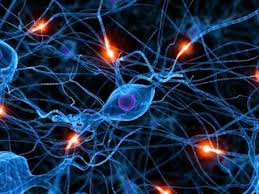Many tissues harbor a reservoir of stem cells that remains quiescent but can be activated as needed for growth and repair. How cells enter, maintain, and then exit quiescence is incompletely defined. Studying skeletal muscle stem cells in mice, Zismanov et al. reveal a role for translational repression. Stem cell quiescence requires phosphorylation (a posttranslational protein modification) of the translation initiation factor eIF2α at a particular amino acid residue; dephosphorylation (removal of the phorphoryl group) or blocking phorphorylation causes muscle stem cells to exit quiescence and differentiate. Moreover, inhibiting dephosphorylation leads muscle stem cells to self-renew and regenerate. Manipulating eIF2α phosphorylation may represent a method to regulate the regenerative capacity of stem cells for clinical use.







